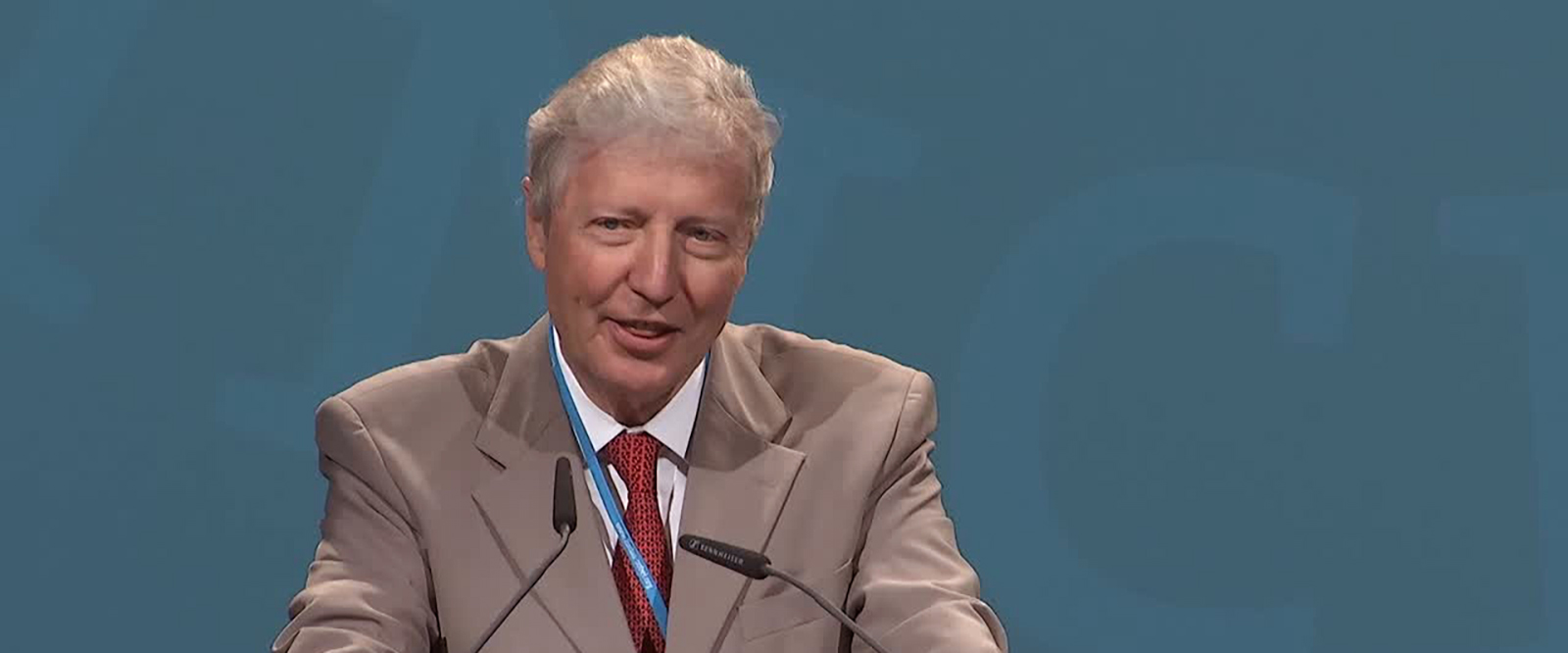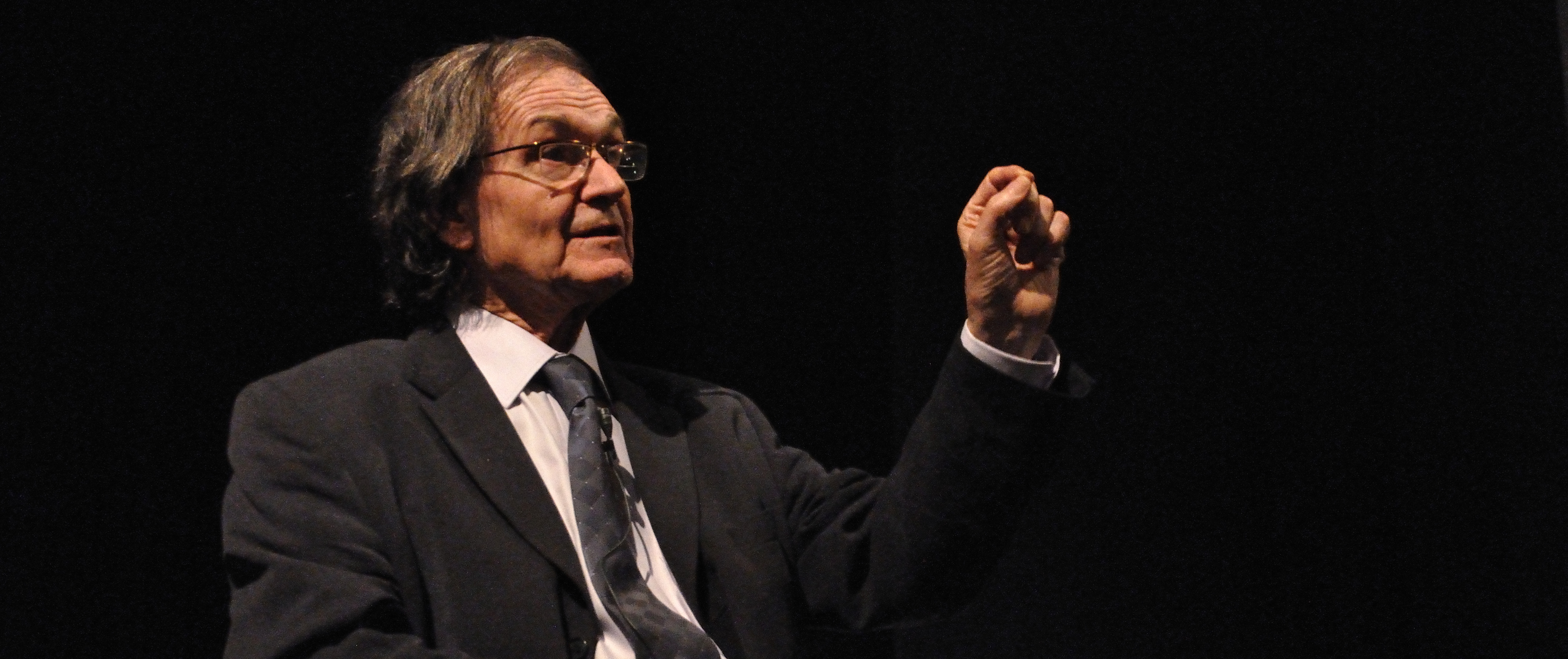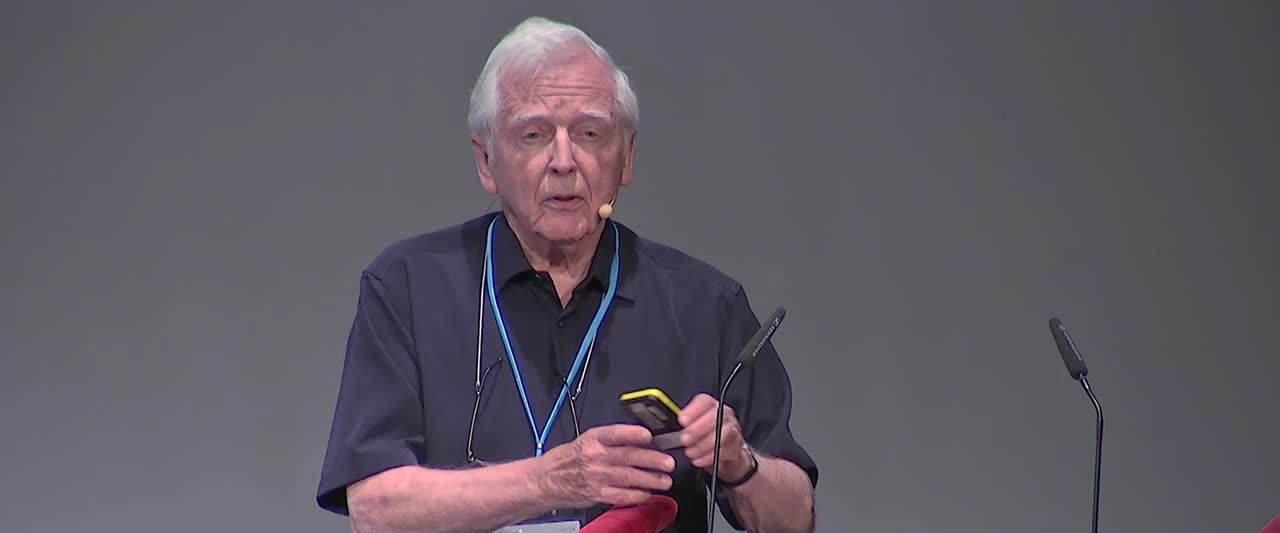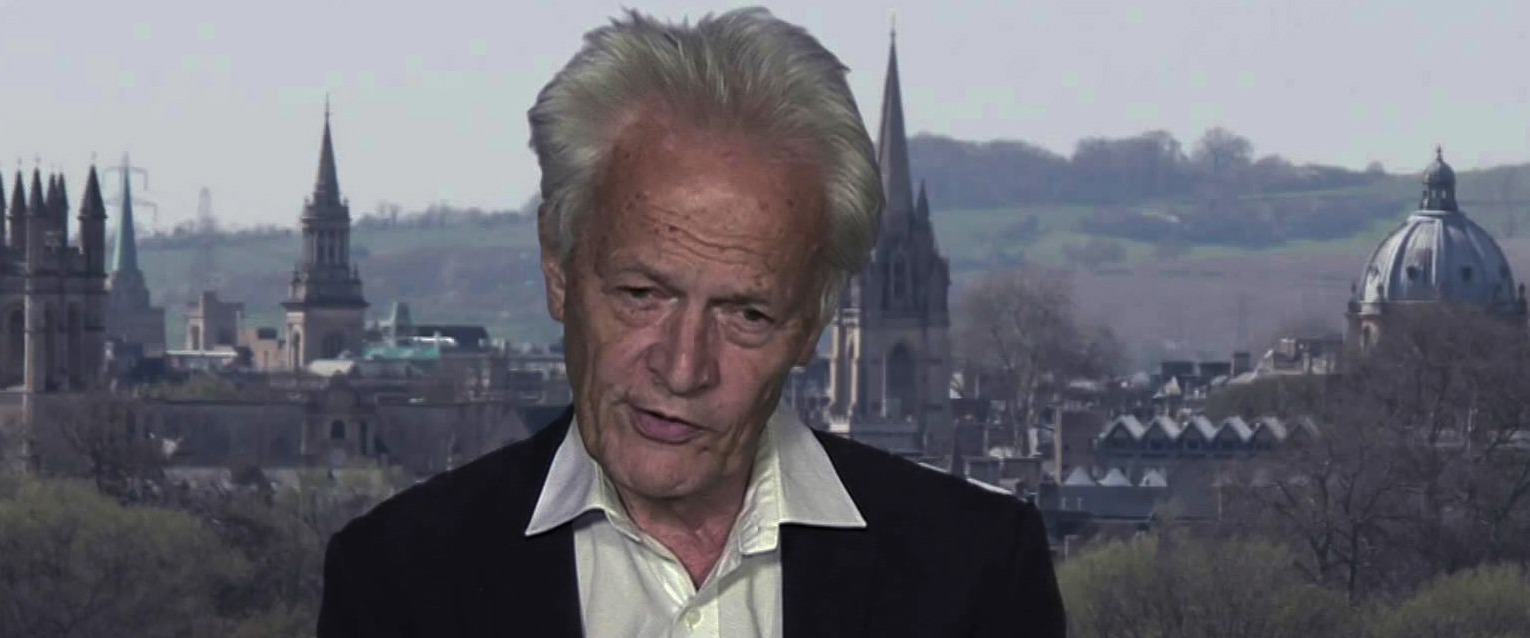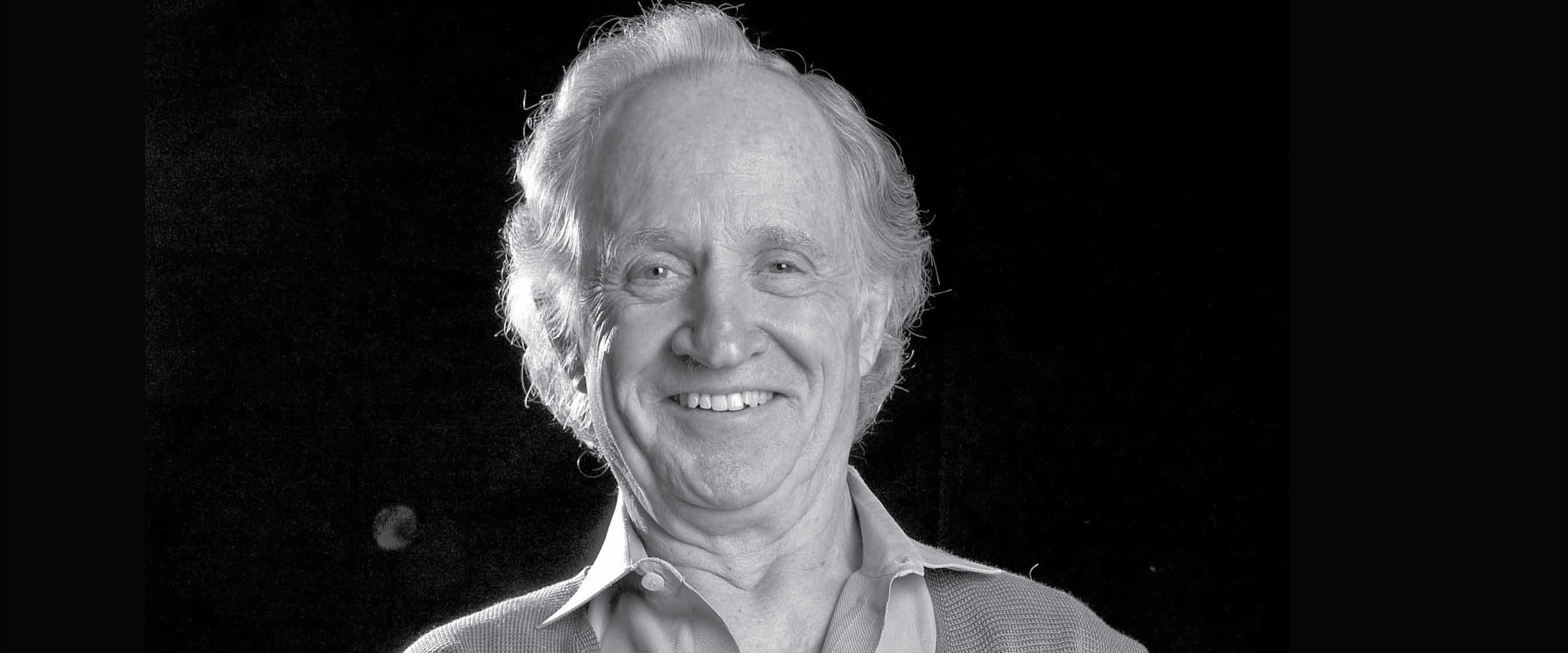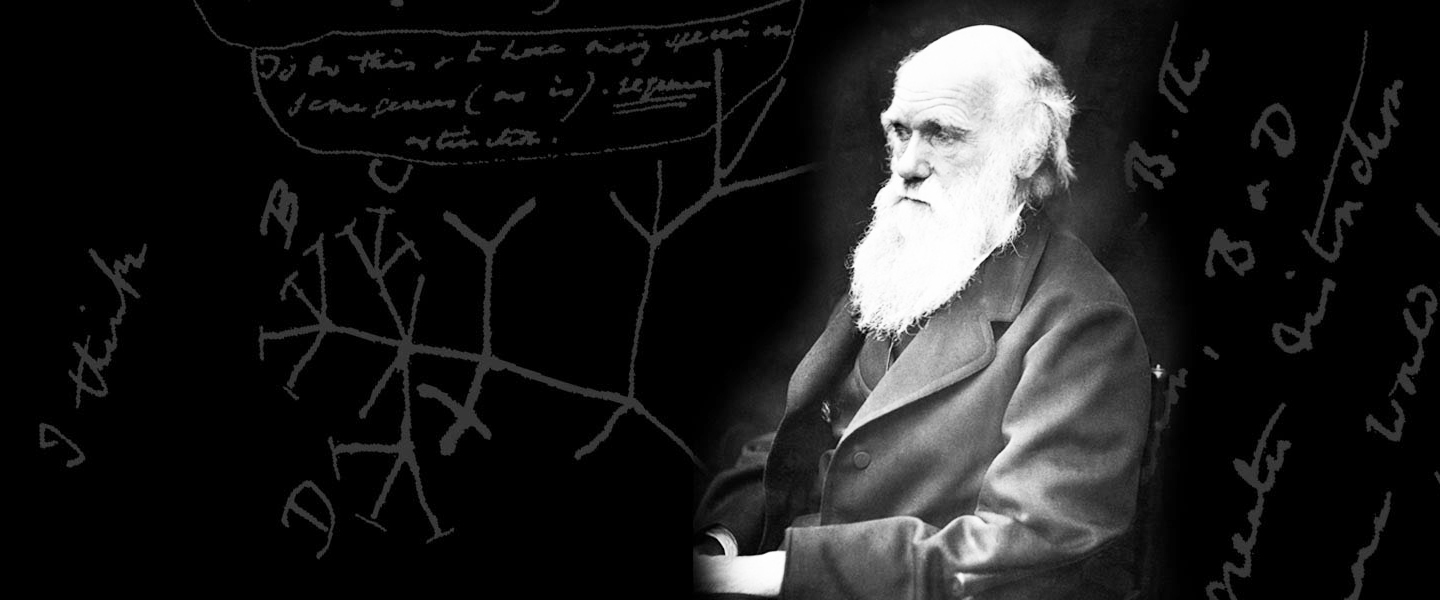5th November 2014.
Alberto Mantovani, Humanitas University, Milan.
The 1st Camillo Golgi lecture will be given on the 5th of November 2014 by Alberto Mantovani. The poster of the lecture can be downloaded here.
Camillo Golgi was an outstanding Italian scientist who studied, lived and worked in Pavia and won a share of the Nobel Prize for Physiology and Medicine in 1906. He was born at Corteno near Brescia on July 7, 1843, the son of a physician. He studied medicine at the University of Pavia under Mantegazza, Bizzozero and Oehl. After graduating in 1865 he continued to work in Pavia at the Hospital of St. Matteo. Golgi himself stated that Bizzozero greatly influenced him and his methods of scientific research; at that time most of his investigations were concerned with the nervous system, i.e. insanity, neurology and the lymphatics of the brain. In 1872 he accepted the post of Chief Medical Officer at the Hospital for the Chronically Sick at Abbiategrasso, and it is believed that in the seclusion of this hospital, in a little kitchen which he had converted into a laboratory, he first started his investigations into the nervous system. Golgi returned to the University of Pavia as Extraordinary Professor of Histology, went to Siena for a short time, but returned to Pavia and was appointed to the Chair for General Pathology in 1881, in succession to his teacher Bizzozero. He settled down in Pavia for good, and married Donna Lina, a niece of Bizzozero. Already while working at the Hospital of St. Matteo, Golgi became interested in the investigation of the causes of malaria and he must be credited for having determined the three forms of the parasite and the three types of fever. After prolonged studies he found a way of photographing the most characteristic phases in 1890. Golgi was a famous teacher, his laboratory was open to anyone anxious to do research. He never actually practised medicine, but directed the Department of General Pathology at St.Matteo Hospital where young doctors were trained. He also founded and directed the Istituto Sieroterapico-Vaccinogeno of the Province of Pavia. Golgi was Rector of Pavia University for a long time and was also made a Senator of the Kingdom of Italy. He was an old man during the First World War, but assumed the responsibility for a Military Hospital in Pavia, where he created a neuro-pathological and mechano-therapeutical centre for the study and treatment of peripheral nervous lesions and for the rehabilitation of the wounded. However, the work of greatest importance which Golgi carried out was a revolutionary method of staining individual nerve and cell structures, which is referred to as the «black reaction». This method uses a weak solution of silver nitrate and is particularly valuable in tracing the processes and most delicate ramifications of cells. Golgi himself was extremely modest and reticent about his work and it is not known when exactly he made this invention. All through his life, however, he continued to work on these lines, modifying and improving this technique. Golgi received the highest honours and awards in recognition of his work. He shared the Nobel Prize for 1906 with Santiago Ramón y Cajal for their work on the structure of the nervous system. The Historical Museum at the University of Pavia dedicated a hall to Golgi, where more than 80 certificates of honorary degrees, diplomas and awards are exhibited. Golgi married Donna Lina Aletti, previously mentioned. They had no children of their own, but adopted his niece, now Mrs. Carolina Golgi-Papini in Rome. He died at Pavia, where he had lived all his life, on January 21, 1926. (From Nobel Lectures, Physiology or Medicine 1901-1921, Elsevier Publishing Company, Amsterdam, 1967. This autobiography/biography was written at the time of the award and first published in the book series Les Prix Nobel. It was later edited and republished in Nobel Lectures. To cite this document, always state the source as shown above).
Alberto Mantovani is Scientific Director is President and Founder of Humanitas Clinical Research Institute and Humanitas University and Professor of Pathology (School of Medicine, State University of Milan). Alberto Mantovani was born in Milan in 1948. He graduated in Medicine at the University of Milan and specialised in Oncology at the University of Pavia. From 1973 to 1975, he had a fellowship at the Laboratory of Immunology and Chemotherapy at the Mario Negri Institute in Milan. From 1973 to 1976, he was visiting fellow at the Department of Tumour Immunology of the Chester Research Institute in Belmont (GB). In 1978 to 1979, he was visiting fellow at the Laboratory of Immunodiagnosis, NIH, Bethesda (USA), with a Yamagiwa–Yoshida Scholarship of the UICC first and then with a NATO grant. From 1979 to 1981, he was Senior Investigator at the Department of Tumour Immunology and Chemotherapy at Istituto di Ricerche Farmacologiche “Mario Negri”, Milan. In 1981, he became Chief of the Laboratory of Immunology at the Institute. From 1994 to 2001, he was a full professor of General Pathology, School of Medicine, University of Brescia, Italy. From 1996 to 2005, he has led the Department of Immunology and Cell Biology at the Istituto di Ricerche Farmacologiche “Mario Negri”, Milan. He received various scientific awards, including Biotec award (1998), the Marie T. Bonazinga Award by the Society of Leukocyte Biology (USA) (2000), the Guido Venosta Prize by the President of the Republic of Italy (2004), EFIS—Schering Plough 1st European Immunology Prize, Paris, France (2006), Galileo Galilei Prize for Research in Biomedical Sciences (2007), PISO Award (2007), Onoreficenza al Merito della Repubblica Italiana, and the William Harvey Outstanding Scientist (2009). Ha was a member of various professional societies, e.g., European Molecular Biology Organization (EMBO), Henry Kunkel Society, the Faculty of 1000 Biology, and President of the International Cytokine Society. He had more than 600 publications, mostly in high-ranking journals. A highly cited immunologist, the Institute for Scientific Information (ISI Thomson ranked him as one of the 100 most quoted immunologists in the world over the last 20 years of the 20th century.
Acknowleegements: the image of a macrophage engulfing M tuberculosis is courtesy of Volker Brinkmann, Max Planck Institute for Infection Biology, Berlin Germany.
